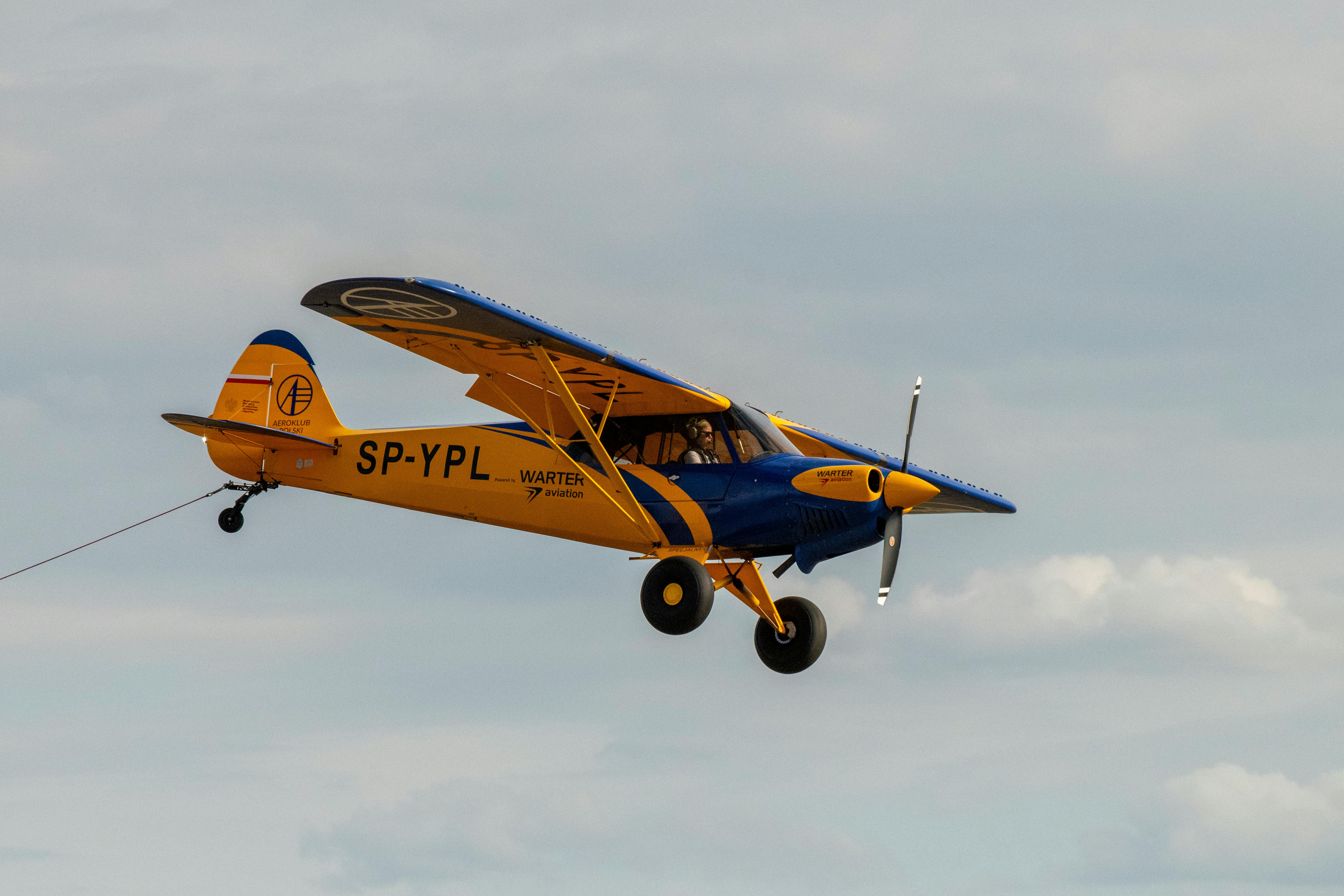출처:[1] 우버, 이르면 2026년 블레이드 헬리콥터 자사 플랫폼에 추가 (https://finance.yahoo.com/news/uber-add-blade ...)[2] 조비와 우버, 블레이드 항공 모빌리티 서비스를 우버 앱으로 가져온다 - Investing.com (https://vertexaisearch.cloud.google.com/groun ...)[3] 조비, 블레이드 여객 사업 인수하여 에어 택시 상용화 가속화 (https://www.businesswire.com/news/home/202508 ...)
